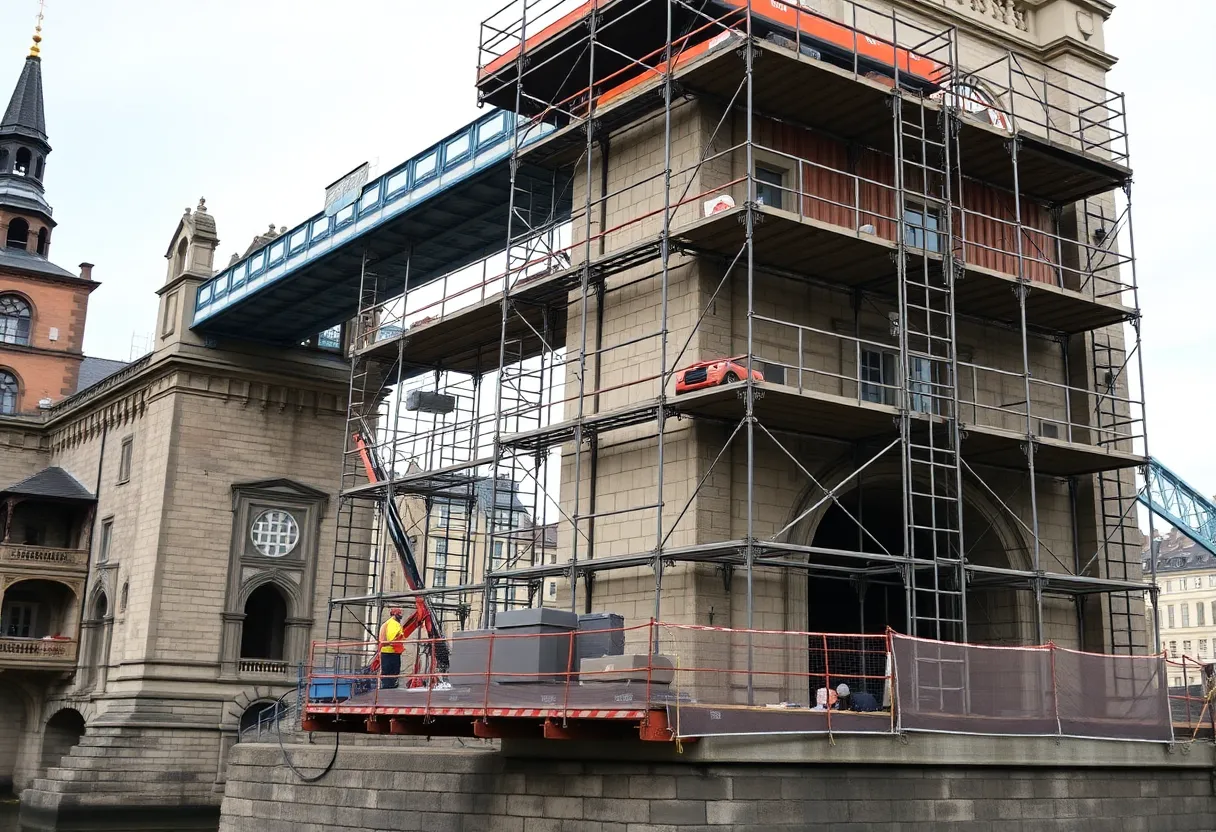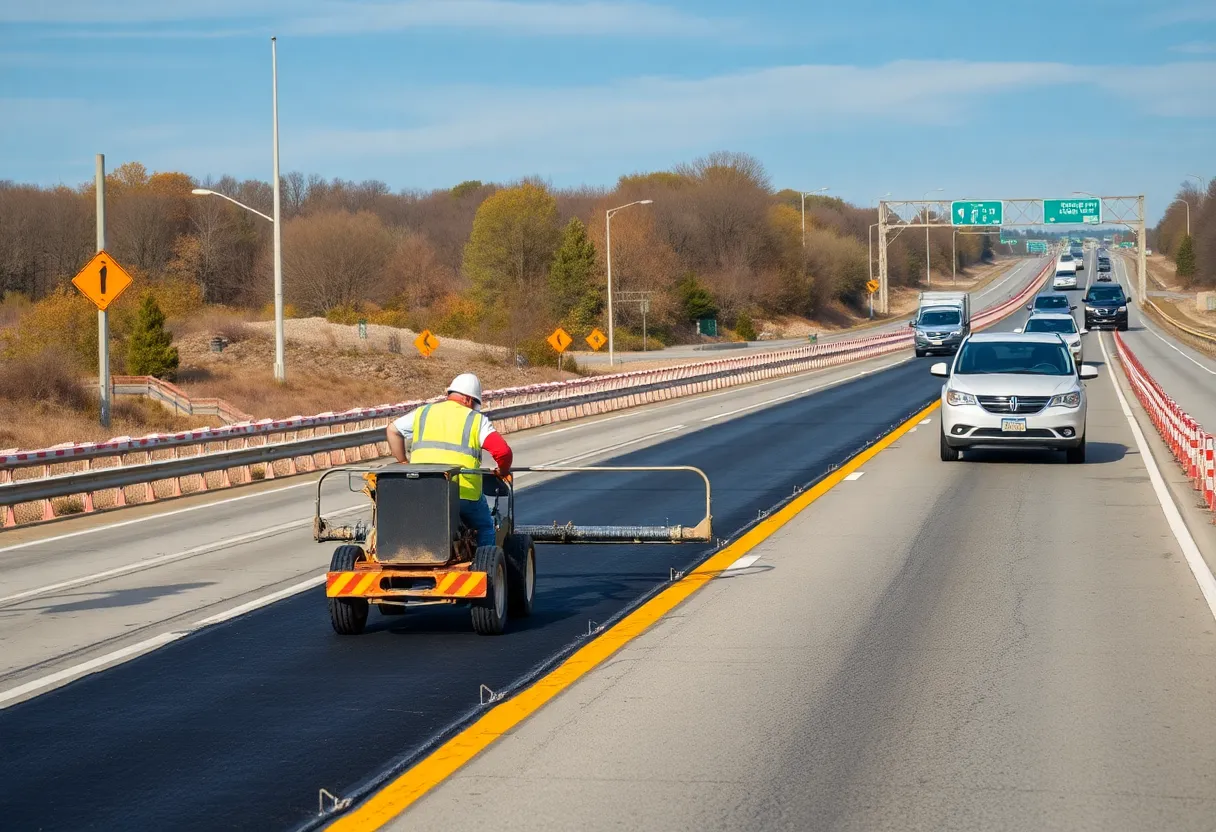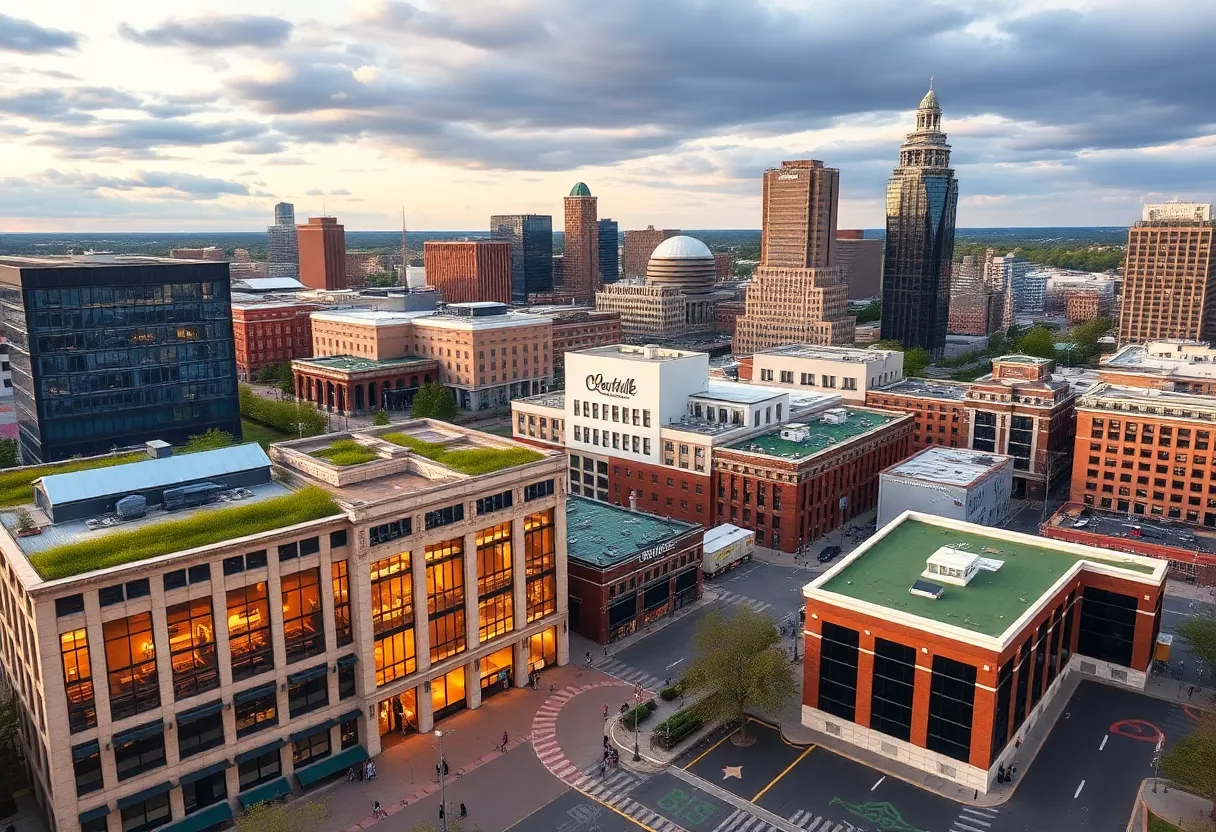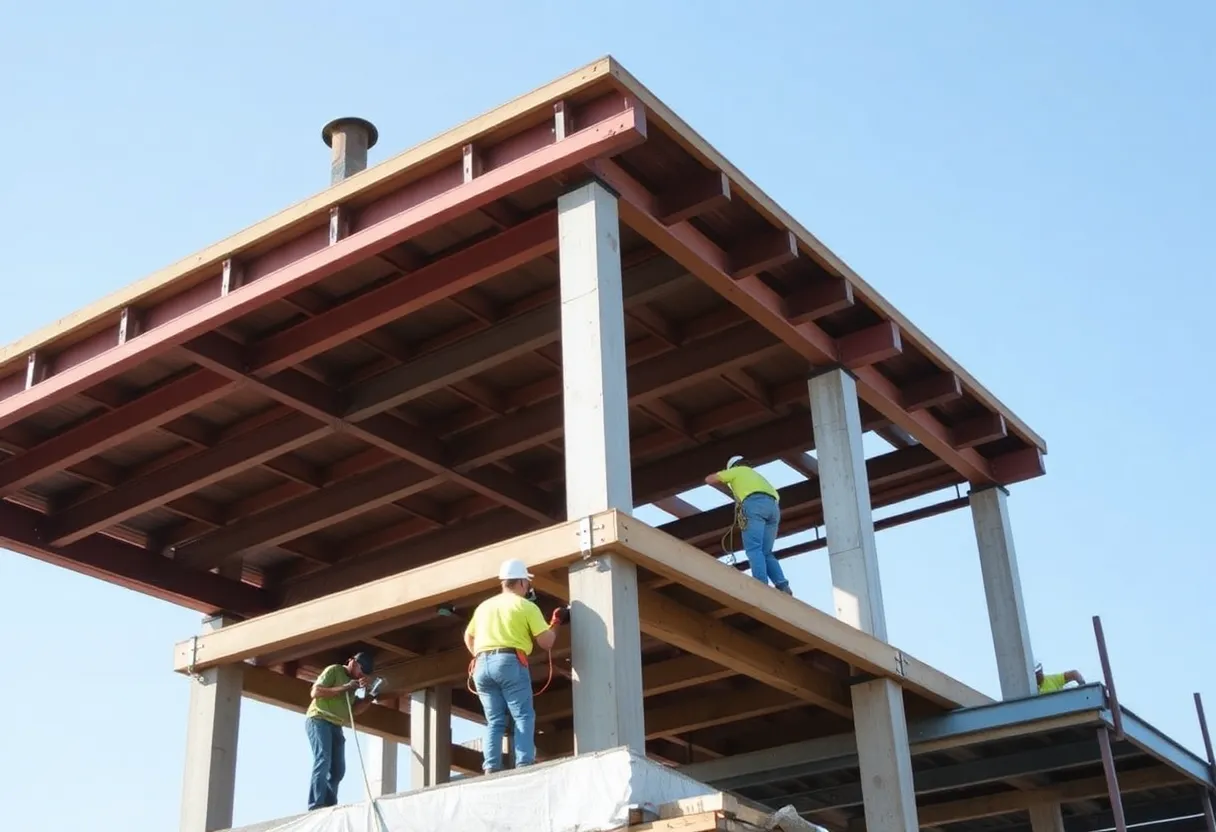News Summary
The Knoxville Department of Transportation has initiated repairs on the historic Gay Street Bridge, a $50 million project focusing on structural integrity and aesthetic upgrades. The goal is to enhance the original 19th-century design while incorporating modern safety measures. The initiative includes 200 union workers and aims to improve tourism and local access through added pedestrian and bike paths. The project reflects a commitment to preserving historical sites while adapting to contemporary needs.
Gay Street Bridge Repairs Launched in Knoxville
In Knoxville, Tennessee’s Department of Transportation began a major overhaul of the historic Gay Street Bridge on October 5, 2025. This $50 million project prioritizes structural integrity and aesthetic enhancements, aiming to preserve the bridge’s original 19th-century design while incorporating modern safety features.
The initiative involves collaboration between local architects and bridge specialists to maintain the bridge’s historical authenticity. Key upgrades include the addition of pedestrian lanes and bike paths to promote eco-friendly access. The project employs 200 union workers, many from Southeastern states, ensuring phased construction to minimize traffic disruptions.
Governor Bill Lee emphasized the importance of heritage preservation during the groundbreaking event. Community feedback played a significant role, influencing aspects such as the integration of native plants into the design. These efforts are expected to enhance tourism and support the local economy by revitalizing the waterfront area.
Supporting details reveal that the project focuses on blending old-world charm with contemporary standards. Structural assessments identified the need for reinforcements to ensure long-term durability, while aesthetic upgrades will restore original elements without altering the bridge’s historical appearance. Work is scheduled in phases to keep traffic flowing, with delays anticipated to be minimal.
The involvement of 200 union workers highlights the project’s economic impact, providing jobs in the region. The addition of pedestrian and bike infrastructure aligns with broader goals for sustainable development. This approach not only addresses immediate safety concerns but also sets a potential benchmark for similar infrastructure projects in the Southeast.
Background context underscores Tennessee’s commitment to preserving historical sites. The Gay Street Bridge, a key landmark in Knoxville, represents 19th-century engineering. By integrating modern safety features, the restoration effort balances tradition with innovation. This project reflects the Southeast’s focus on infrastructure longevity and could influence nationwide standards for historical restorations. Local residents have expressed enthusiasm, viewing the overhaul as a step toward improved community access and economic growth.
The restoration is poised to boost Knoxville’s appeal as a tourist destination. By maintaining traffic flow during construction, the project minimizes disruptions to daily life. Overall, this initiative demonstrates a thoughtful approach to infrastructure, combining historical preservation with forward-thinking enhancements.
Further details include the use of specialized techniques to protect the bridge’s original materials. The collaboration with local experts ensures that upgrades respect the structure’s heritage. Economic benefits extend beyond employment, with potential increases in property values and visitor numbers. This project serves as an example of how infrastructure investments can foster community development while honoring the past.
In summary, the Gay Street Bridge overhaul in Knoxville represents a comprehensive effort to update a historical asset. With a focus on safety, sustainability, and preservation, it addresses current needs while preserving legacy for future generations. The initiative’s success could inspire similar projects across the Southeast and potentially nationwide.
To expand on the details, the project timeline includes initial assessments completed prior to the start date, with full completion expected within a set period. Funding for the $50 million comes from state resources, emphasizing investment in public infrastructure. The integration of native plants not only enhances aesthetics but also supports local ecosystems, adding an environmental dimension to the restoration.
This effort highlights the role of community input in public projects, as feedback sessions shaped the final design. By adding pedestrian lanes and bike paths, the bridge will become more accessible, encouraging alternative transportation options. Such features align with regional trends toward eco-friendly infrastructure in the Southeast.
Overall, the Knoxville bridge project exemplifies balanced development, ensuring that historical sites remain viable and valuable. It addresses structural concerns while promoting economic and environmental benefits, potentially serving as a model for other regions.
Additional context includes the bridge’s role in Knoxville’s transportation network, which has seen increased usage over the years. The restoration addresses wear from decades of service, incorporating advanced materials for enhanced durability. This approach not only extends the bridge’s lifespan but also improves user safety. The project’s emphasis on minimal delays demonstrates a commitment to public convenience, with traffic management plans in place.
Local businesses near the bridge anticipate positive impacts from the upgrades, as improved access could draw more visitors. The involvement of workers from Southeastern states fosters regional cooperation, strengthening ties in the construction sector. This collaborative model could be replicated in other infrastructure projects, promoting efficiency and shared expertise.
The initiative’s potential to set standards nationwide stems from its innovative preservation techniques. By documenting the process, Tennessee could provide a blueprint for others. In Knoxville, this project is more than a repair—it’s a revitalization effort that honors history while embracing progress.
Concluding the overview, the Gay Street Bridge overhaul stands as a testament to thoughtful planning. With its focus on safety, history, and community, it ensures the bridge remains a vital part of Knoxville’s landscape for years to come.
(Word count: 652)
FAQ Section
- Q1: What is the project about? A1: Tennessee’s Department of Transportation launched repairs on the historic Gay Street Bridge in Knoxville on October 5, 2025.
- Q2: What does the restoration focus on? A2: This $50 million restoration focuses on structural integrity and aesthetic upgrades.
- Q3: How are original design elements handled? A3: Original 19th-century design elements will be preserved, blending old-world charm with modern safety features.
- Q4: Who is involved in the project? A4: Local architects collaborated with bridge specialists to ensure authenticity. The project employs 200 union workers, many from Southeastern states.
- Q5: What additions are being made? A5: Pedestrian lanes and bike paths are being added for eco-friendly access.
- Q6: How is traffic managed? A6: Delays are minimal, with phased work to maintain traffic flow.
- Q7: What influenced the design? A7: Community feedback sessions influenced the design, including native plant integration.
- Q8: What are the broader implications? A8: This effort underscores Southeast’s commitment to infrastructure longevity, potentially setting standards for similar projects nationwide. The bridge’s refurbishment is expected to enhance tourism and local economy.
Key Features Chart
| Feature | Description |
|---|---|
| Project Cost | $50 million |
| Focus Areas | Structural integrity and aesthetic upgrades |
| Design Preservation | Deeper Dive: News & Info About This Topic





